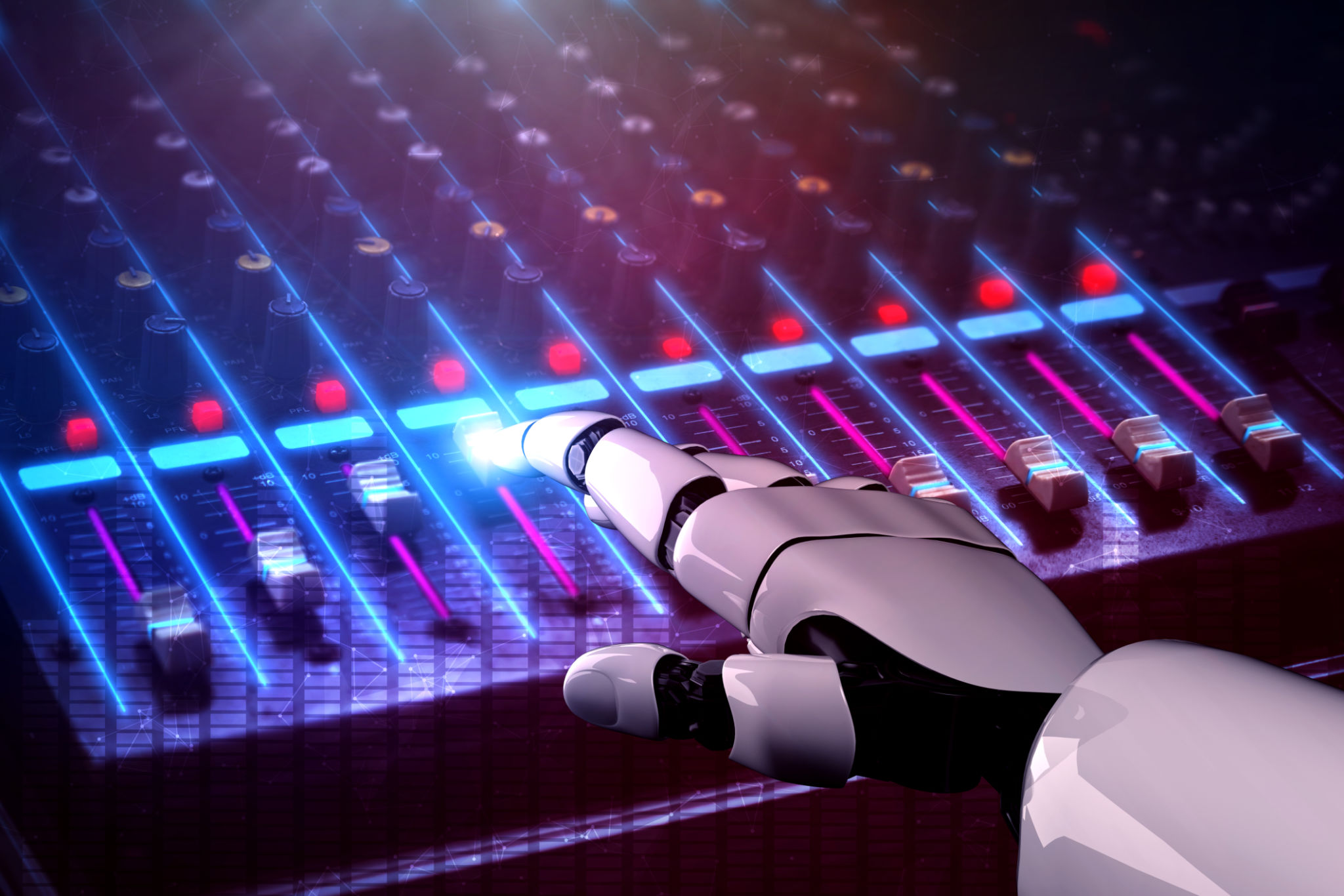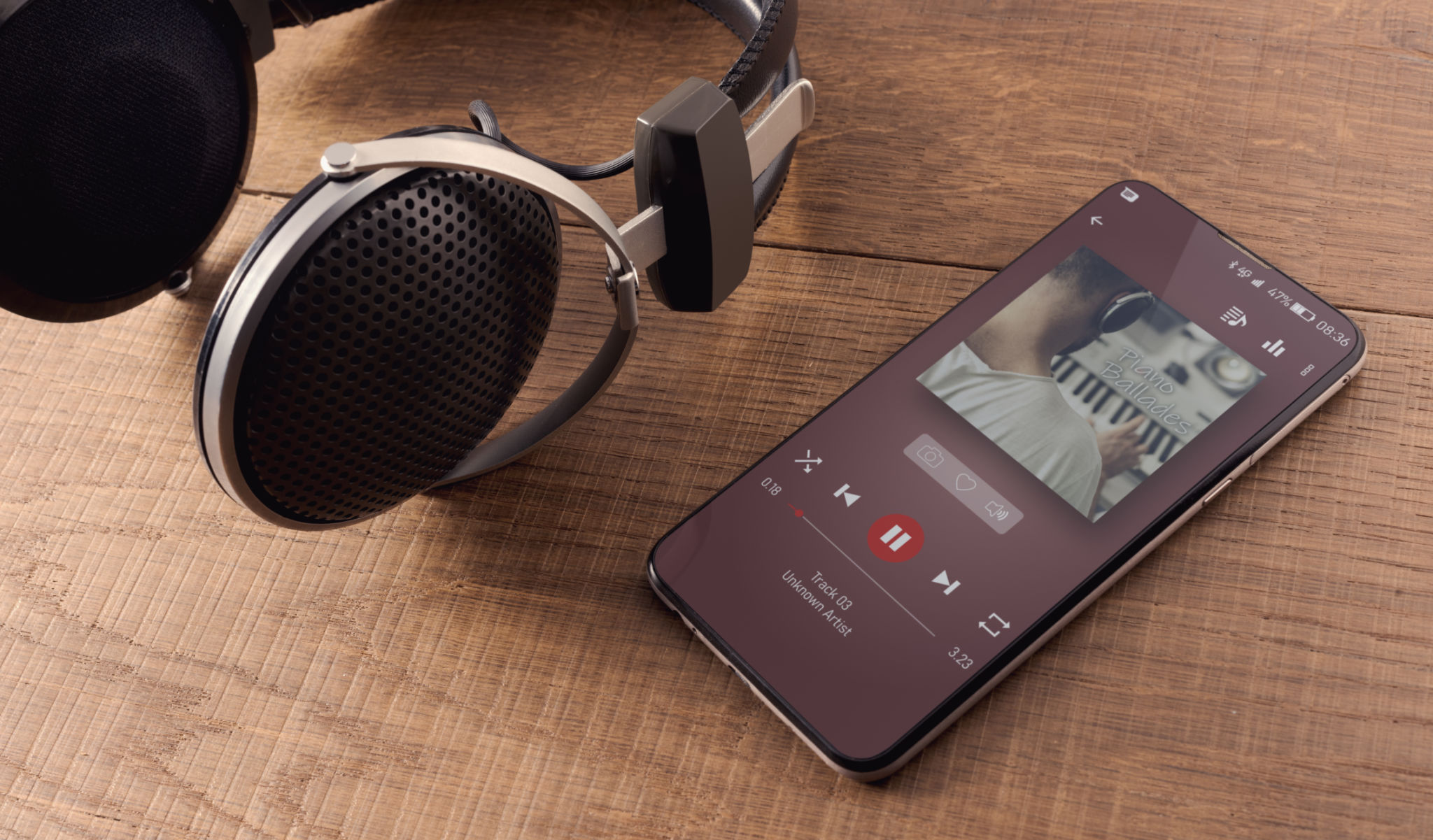Top Music Production Trends You Need to Know
The Rise of Artificial Intelligence in Music Production
The integration of artificial intelligence (AI) into music production is revolutionizing the industry. AI-powered tools are now capable of assisting with composition, sound design, and even mastering tracks. These tools allow producers to experiment with innovative sounds and streamline their workflow, making the production process more efficient.
AI can analyze vast amounts of data to identify successful patterns in music, enabling producers to craft hits that resonate with audiences. Whether it’s generating unique melodies or providing real-time feedback on mixes, AI is becoming an indispensable tool in modern studios.

Virtual Reality and Augmented Reality Experiences
Virtual Reality (VR) and Augmented Reality (AR) are transforming how we experience music. These technologies offer immersive experiences, allowing listeners to engage with music in entirely new ways. From virtual concerts to interactive music videos, VR and AR provide a multisensory experience that goes beyond traditional listening.
Music creators are exploring these platforms to deliver engaging content that captivates audiences. This trend is opening up new possibilities for storytelling in music, giving fans a chance to step inside the world of their favorite artists.
Streaming Platforms and Data Analytics
Streaming platforms have become the dominant way people consume music, and with them comes a treasure trove of data analytics. Musicians and producers can now access detailed insights into listener behavior, helping them understand what works and what doesn’t.
This data-driven approach allows for more targeted marketing strategies, personalized playlists, and the ability to track fan engagement. By leveraging these analytics, artists can optimize their releases for maximum impact.

Sustainability in Music Production
As awareness of environmental issues grows, sustainability is becoming a key focus in music production. More producers and studios are adopting eco-friendly practices, such as using renewable energy sources, minimizing waste, and opting for digital distribution over physical formats.
The industry is also seeing a rise in the use of recycled materials for physical products like vinyl records and merchandise. By embracing sustainability, the music production community is contributing to a healthier planet while appealing to the eco-conscious consumer.
Remote Collaboration Tools
The ability to collaborate remotely has become essential in today’s music production landscape. Tools like cloud-based DAWs (Digital Audio Workstations) and file-sharing platforms allow artists from different parts of the world to work together seamlessly.
This trend has not only expanded creative possibilities but also democratized music production by making it accessible to a broader range of artists. As technology continues to evolve, remote collaboration is likely to become even more integral to the creative process.

Advancements in Sound Design Software
Recent advancements in sound design software are providing producers with unprecedented control over their audio creations. From realistic instrument emulations to complex synthesis techniques, modern software offers a wide array of tools for crafting unique sounds.
This evolution in sound design technology allows producers to push the boundaries of what’s possible in music, creating sonic landscapes that were previously unimaginable. As these tools continue to advance, they will likely inspire even more innovative musical expressions.
The Impact of Social Media on Music Production
Social media platforms have become powerful tools for music discovery and promotion. Artists use these channels not only to share their work but also to connect with fans on a personal level. This direct interaction can influence music production decisions as artists gather feedback from their audience.
Moreover, social media trends can dictate the style and tempo of popular tracks. Staying attuned to these trends allows producers to create music that aligns with current listener preferences, increasing their chances of success in a fast-paced digital world.

DIY Music Production
The DIY (Do It Yourself) movement in music production is stronger than ever. Affordable gear and accessible software have empowered independent artists to produce high-quality music without the need for a traditional studio environment.
This trend has led to a surge in creativity as artists experiment with different styles and techniques on their own terms. The DIY approach not only lowers barriers to entry but also fosters a diverse music landscape where unique voices can thrive.
